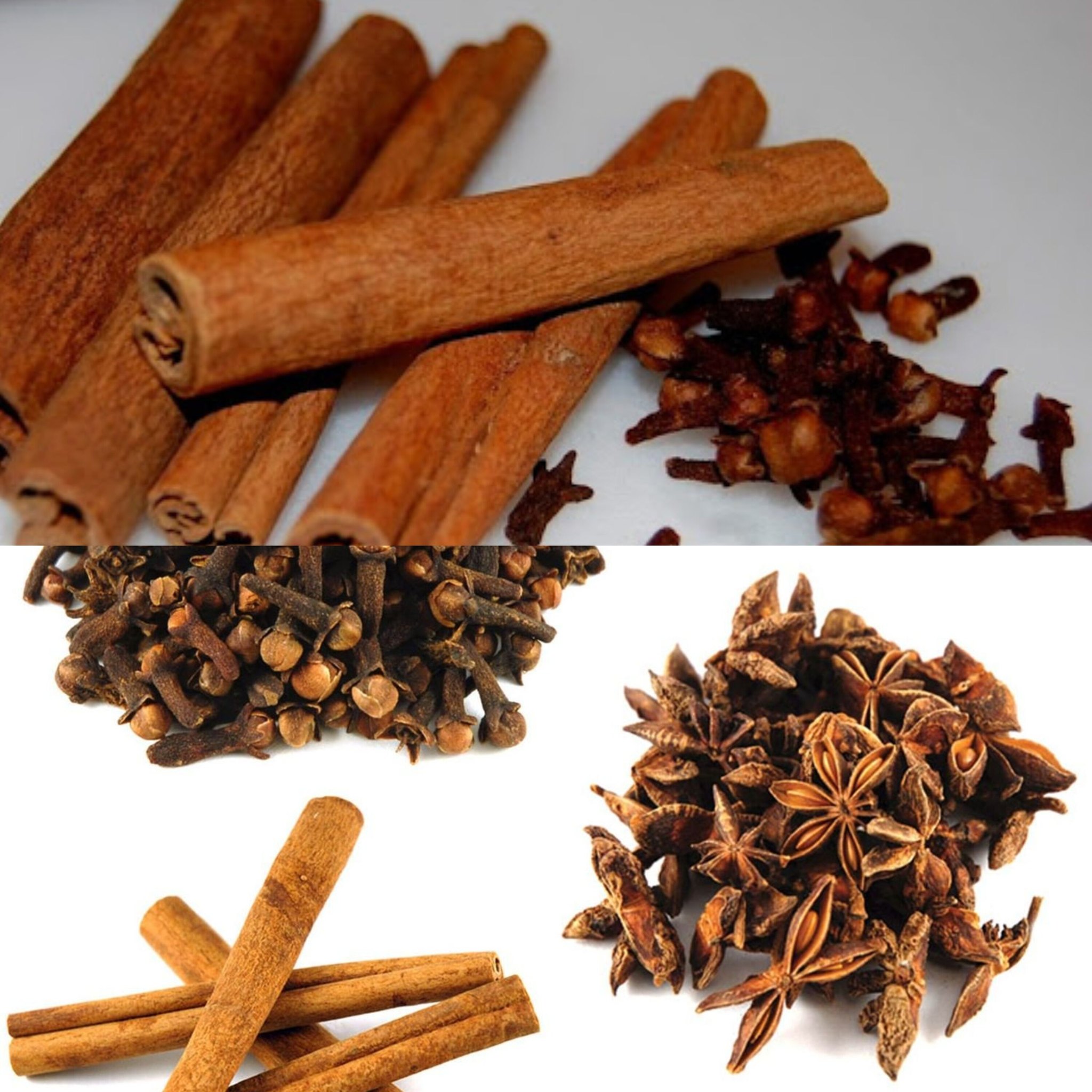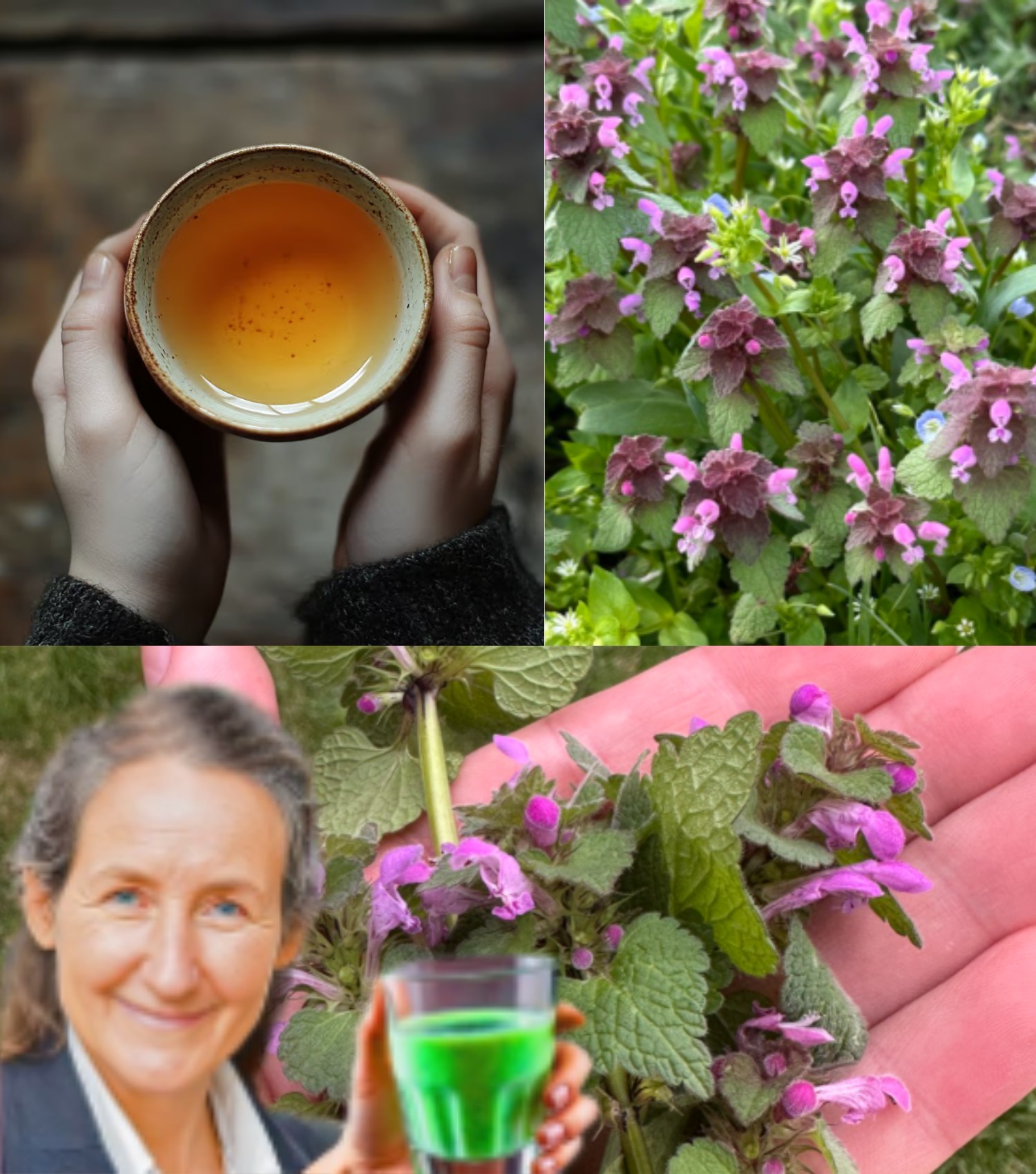Anise, recognized for its sweet licorice-like flavor and aromatic seeds, is a treasured herb in both kitchens and medicine cabinets around the world. Its seeds are commonly used to flavor teas, desserts, and savory dishes. Anise also boasts medicinal properties that aid digestion, relieve bloating, and soothe respiratory issues, making it a dual-purpose herb that’s as useful in the kitchen as it is in the realm of natural health remedies. While you can always find anise at the store, growing it at home offers unmatched satisfaction and ensures access to fresh, potent herbs. If you’re looking to start your anise-growing journey, this comprehensive guide will help you cultivate it in containers, ensuring that you can enjoy the full benefits of this amazing herb right from your own garden.
Why Grow Anise at Home?
There are several compelling reasons to grow anise at home. First and foremost, homegrown anise offers a more vibrant, potent flavor compared to store-bought varieties. The fresh seeds from a well-cared-for plant will carry a unique fragrance and taste, ideal for enriching your culinary creations and teas. Furthermore, growing your own anise provides a continuous, convenient supply for both your cooking and wellness needs.
Beyond its practical benefits, growing anise also allows you to engage in the therapeutic and rewarding process of gardening. Tending to your plants can be relaxing and educational, offering an opportunity to connect with nature, learn about herbalism, and appreciate the life cycle of a plant. Plus, container gardening is a flexible and accessible option for those who may not have a traditional garden space.
What You’ll Need to Get Started
Before you dive into growing anise, gather the following materials:
- Anise Seeds: The quality of your seeds directly impacts the success of your plants, so make sure to purchase them from a reputable supplier or collect seeds from mature anise plants.
- Containers: Choose pots or planters that are at least 12 inches deep. Anise plants have long taproots, so deeper containers will provide them with the space they need. Ensure the containers have proper drainage holes to prevent waterlogging.
- Potting Mix: Use a well-draining soil mix that is enriched with organic matter to support healthy growth. Anise prefers slightly sandy soil, so choose a mix designed for herbs or vegetables.
- Watering Can: A watering can with a gentle spout is ideal to avoid disturbing the soil or displacing seeds. Proper watering is essential to ensure the plants thrive.
- Sunlight: Anise requires at least 6-8 hours of direct sunlight per day to grow well. Choose a sunny spot on your balcony, patio, or windowsill that receives consistent sunlight.
Step-by-Step Guide to Growing Anise in Containers
1. Prepare Your Containers
Fill your containers with potting mix, leaving about an inch of space at the top. This allows you to water without the water spilling over the edges. Make sure the drainage holes are clear and unobstructed to allow excess water to escape. Standing water can cause root rot and other issues.
2. Plant the Seeds
Scatter the anise seeds across the soil. Space them about 6 inches apart, as anise plants require room to grow. Lightly press the seeds into the soil, but don’t bury them too deeply. A shallow planting ensures that the seeds can easily sprout. Cover the seeds with a thin layer of potting mix.
3. Water Thoroughly
After planting, water the soil gently but thoroughly. Anise requires consistently moist soil, but it should not be soggy. Overwatering can lead to fungal diseases or root rot, so make sure the container has good drainage. Check the soil regularly and keep it moist but not waterlogged.
4. Provide Sunlight and Warmth
Anise is a sun-loving plant that thrives in warm conditions. Place your containers in a spot that gets at least 6-8 hours of direct sunlight each day. Ideally, the temperature should stay between 65°F and 75°F (18°C to 24°C). If you live in a cooler climate, consider starting the seeds indoors and transplanting them outdoors once the weather warms up.
5. Thin the Seedlings
Once the anise seeds sprout, you’ll need to thin them out. This step is crucial to give the healthiest plants enough space to grow. Remove the weaker seedlings, leaving about 6 inches of space between each plant. This allows for proper air circulation, which helps prevent diseases.
6. Fertilize for Nutrients
Every 4-6 weeks, feed your anise plants with a balanced, organic fertilizer. You can use a general-purpose liquid fertilizer or a slow-release granular one. Fertilizing helps to ensure that your plants have the nutrients they need to grow strong and produce abundant seeds. Be sure not to over-fertilize, as this can lead to excessive foliage growth with fewer seeds.
7. Monitor and Maintain
Check your plants regularly for signs of pests or diseases. Common pests that might affect anise plants include aphids, slugs, and spider mites. If you notice any issues, address them promptly using natural pest control methods, such as neem oil or insecticidal soap. Also, ensure that the plants are not becoming too tall and leggy. If they are, provide support by staking them to prevent them from toppling over.
8. Prune Occasionally
While anise plants don’t require frequent pruning, trimming them back a bit can help promote bushier growth. Remove any dead or yellowing leaves and thin out crowded areas to improve air circulation. Regular pruning also helps reduce the risk of fungal infections and keeps your plants looking tidy.
9. Practice Companion Planting
Anise benefits from being planted alongside certain herbs that help attract beneficial pollinators and keep pests at bay. Try growing it next to herbs like basil, dill, or cilantro. These companions help to attract bees, butterflies, and other pollinators, while also deterring unwanted pests such as aphids and caterpillars.
10. Choose the Right Container Size
Anise plants have deep taproots, so it’s essential to choose containers that are at least 12 inches deep. If the containers are too small, the roots won’t have enough room to grow, which can stunt the plant’s overall development. Ensure that the containers are large enough to support the plant throughout its growth cycle.
Harvesting Your Anise Seeds
Anise plants typically take between 120 and 150 days to mature, depending on growing conditions. You’ll know it’s time to harvest when the seed heads transition from green to brown and begin to emit their signature licorice-like fragrance. At this point, the seeds are fully developed and ready for harvesting.
To harvest the seeds, carefully cut the seed heads from the plant using clean garden scissors or pruners. Place the seed heads in a warm, dry, and well-ventilated area to dry further. Lay them out on a clean surface or hang them in small bunches. Allow the seeds to dry for several days to ensure that they’re fully mature and free of excess moisture. Once dried, remove the seeds from the seed heads and store them in an airtight container.
Additional Tips for Growing Anise
- Watering: Anise thrives in moist but well-drained soil. Be sure to check your plants regularly for signs of drought stress (yellowing or wilting leaves) and water accordingly.
- Pests: Aphids and other pests can occasionally target your anise plants. If this happens, gently rinse the affected areas with a mixture of water and dish soap or use organic insecticides like neem oil.
- Temperature: Anise prefers moderate temperatures, between 65°F and 75°F. If you live in a very hot or cold climate, consider growing anise in a shaded area or using row covers to protect the plants from extreme weather.
Conclusion
Growing anise at home in containers is a fulfilling and rewarding experience that offers a steady supply of fresh, fragrant seeds for culinary and medicinal use. By following this guide and tending to your plants with care, you’ll soon be enjoying the fruits of your labor—anise seeds that are full of flavor and rich in medicinal properties. Whether you use it to spice up your cooking, brew calming teas, or incorporate it into natural remedies, homegrown anise provides both practical and therapeutic benefits. Start your anise-growing journey today and enjoy the many rewards of cultivating this wonderful herb in the comfort of your own home.




